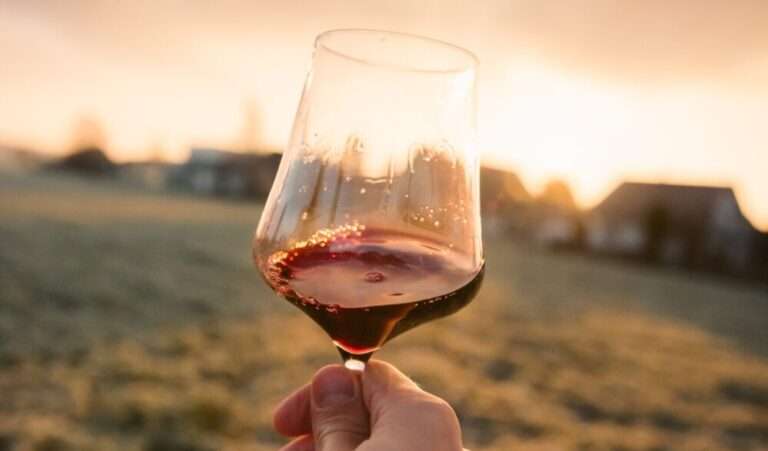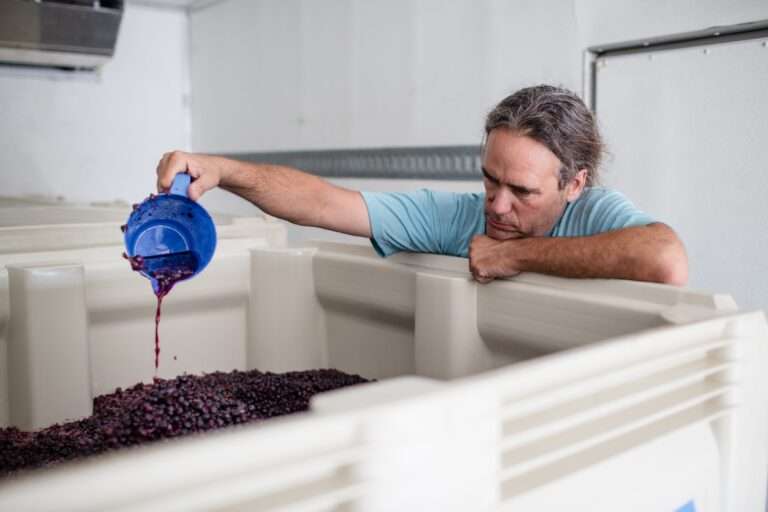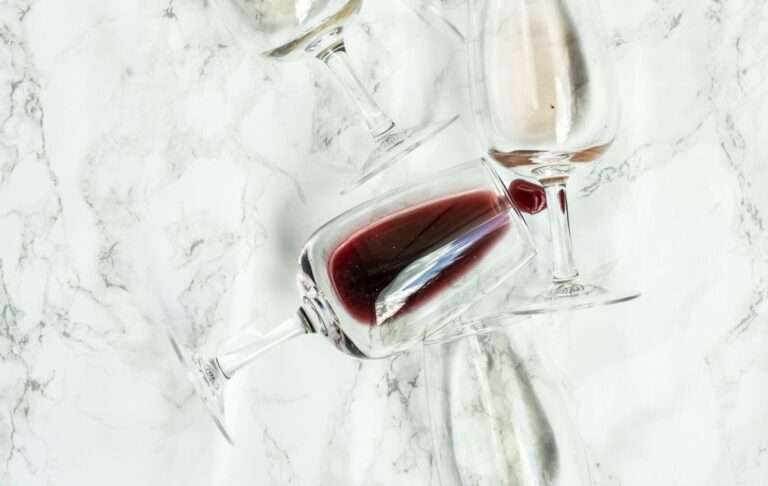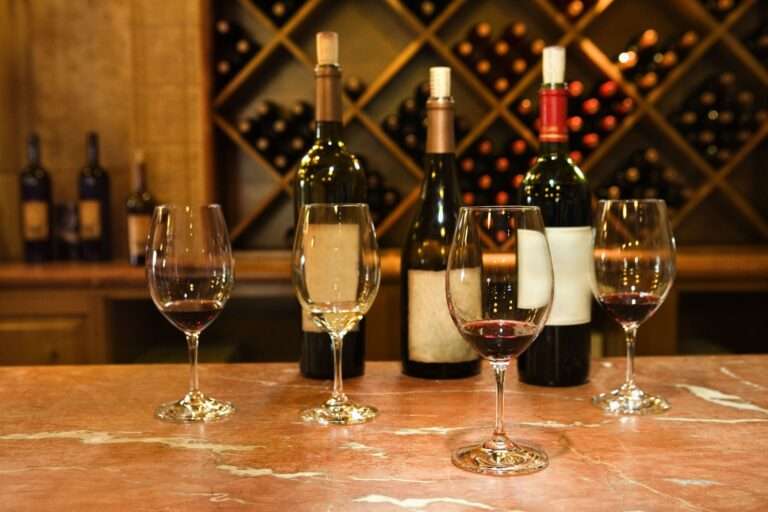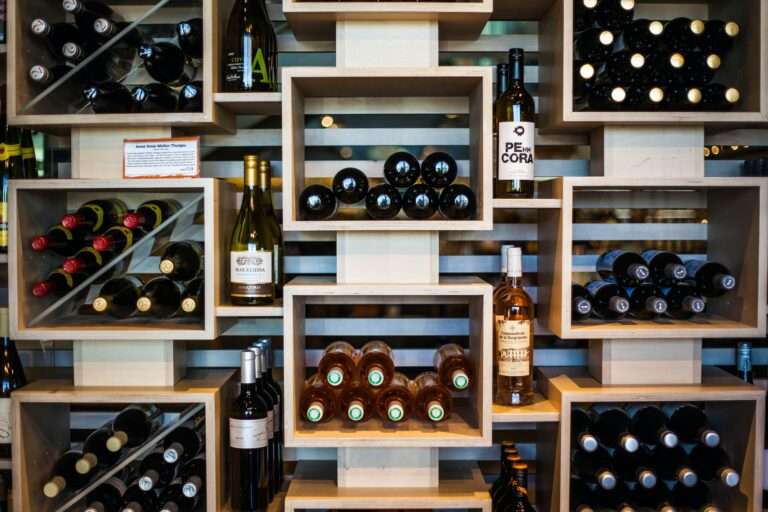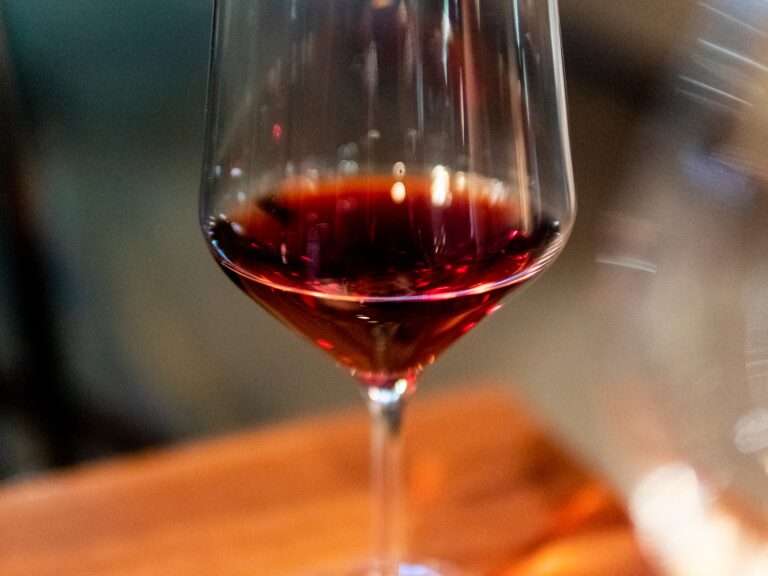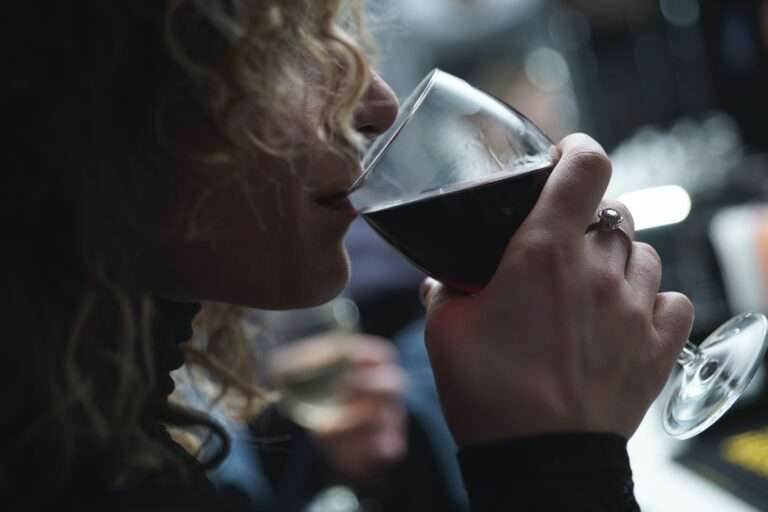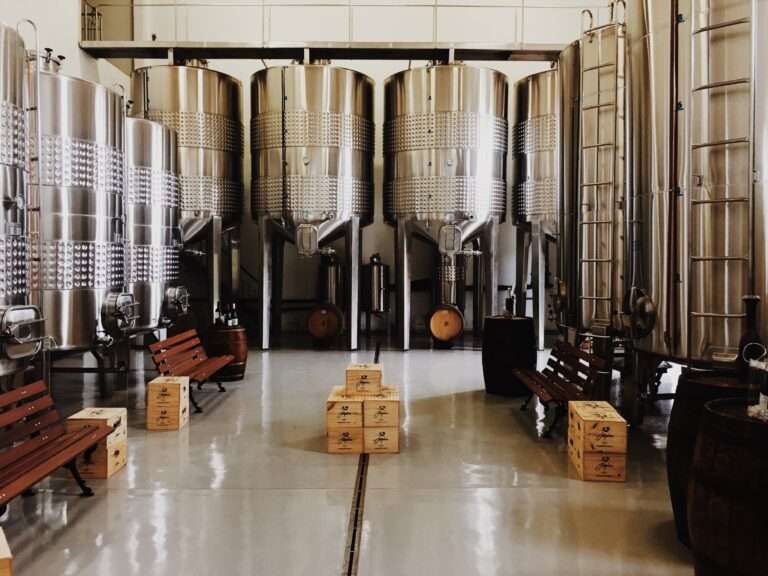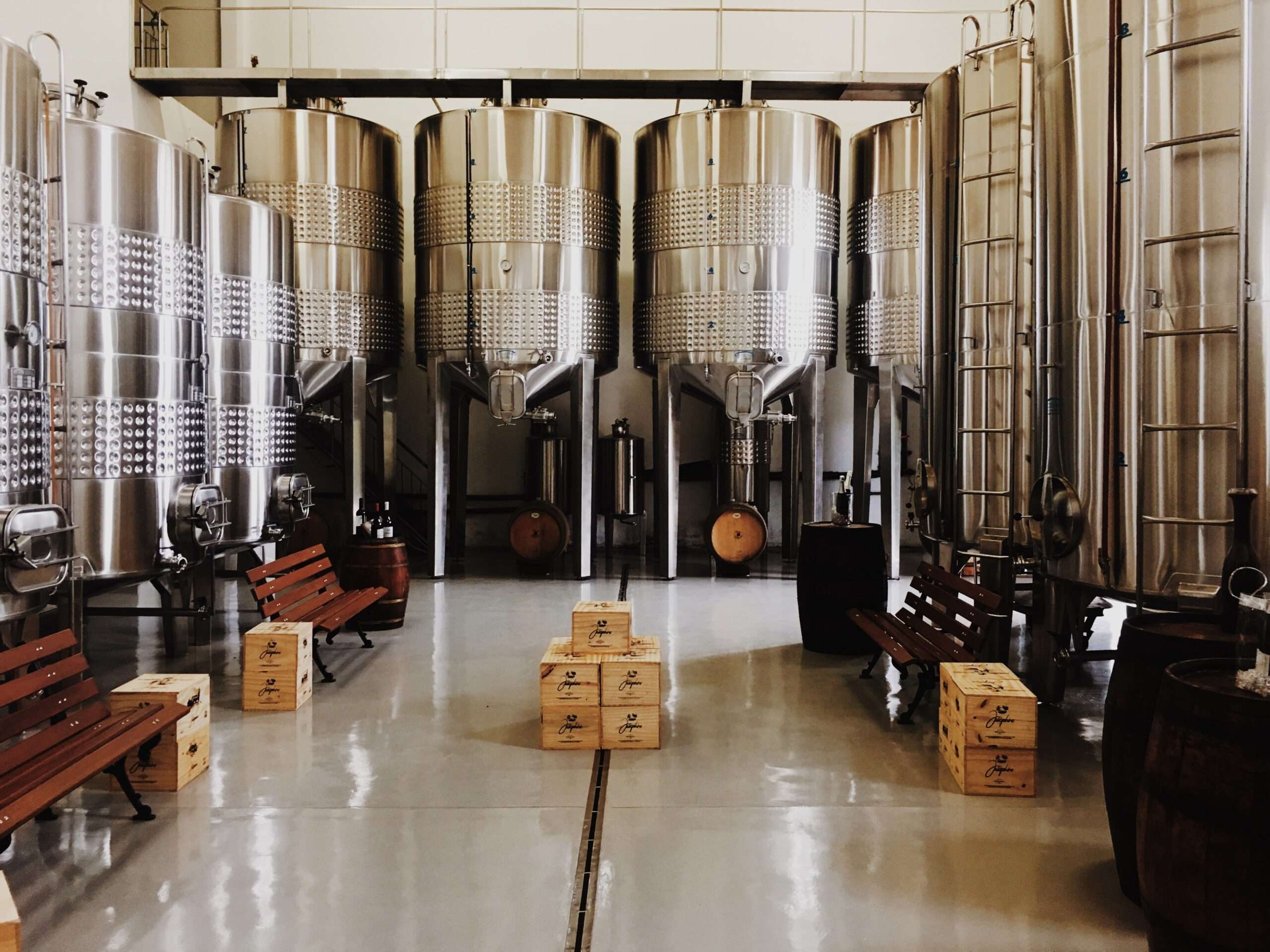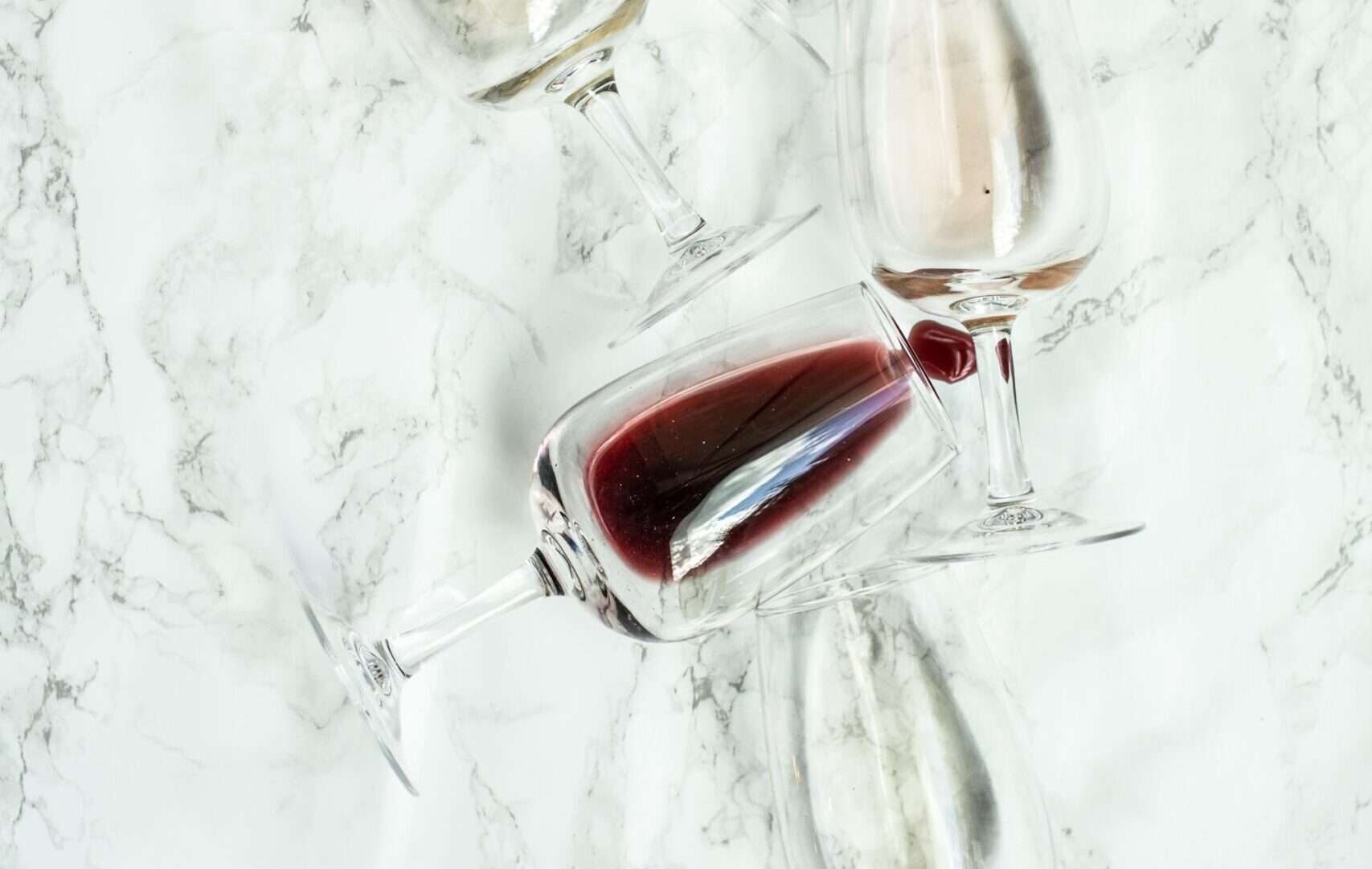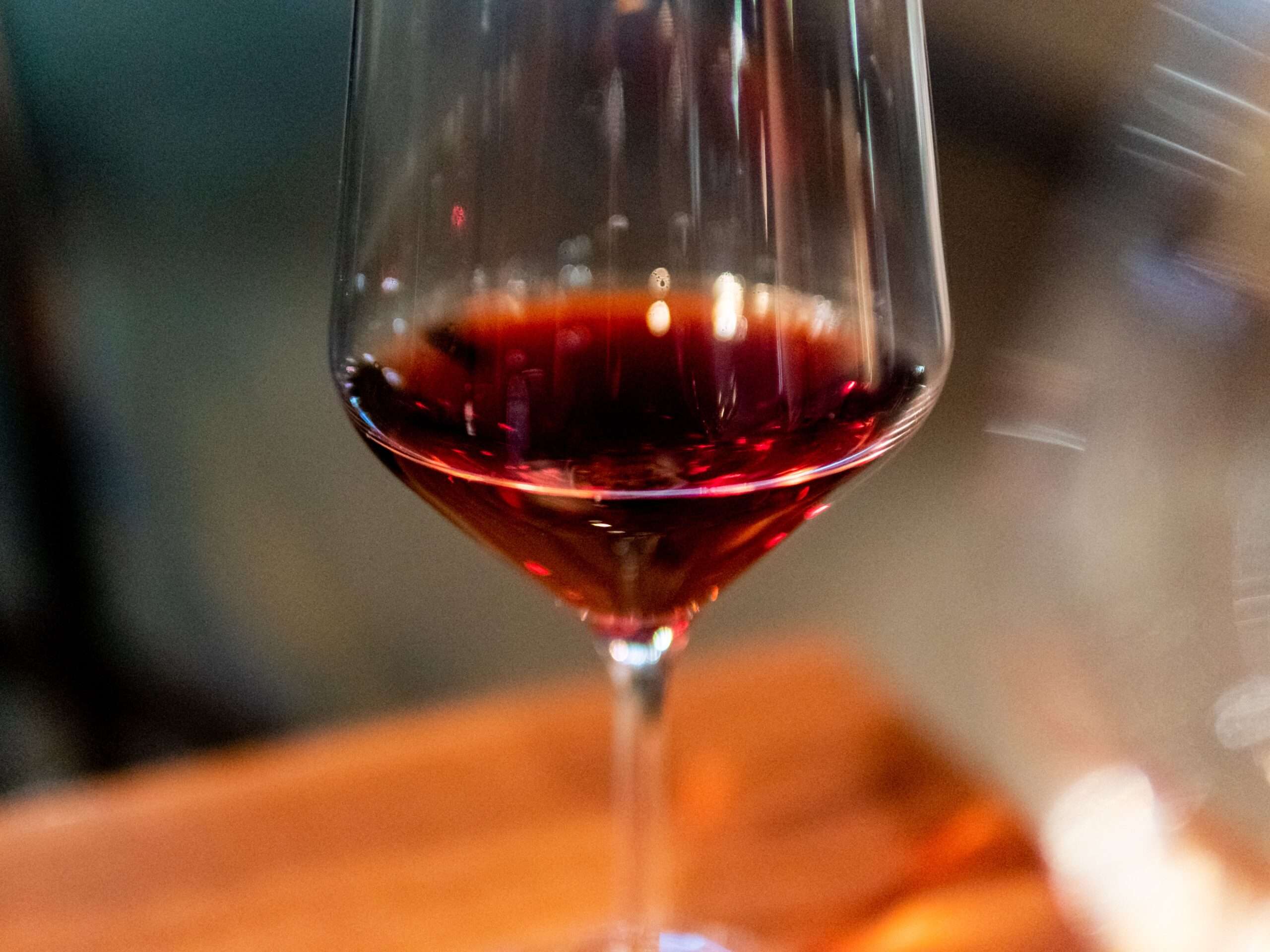Wine is one of those things that feels like it is only for the upper class and sophisticated despite the fact that it is everywhere. With this preconception hanging around, it can also make the countless bottles of wine lining store shelves seem dizzying to the more inexperienced. To make it even more overwhelming, it feels like everyone always says they have to be paired with specific kinds of food.
In general, wines should be paired with foods that will complement one another, without either the food or wines’ flavor getting lost. Wines should be matched with foods that are similar in sweetness and acidity, but the wine should always be slightly more potent. Whites and sparklings should go with foods with a flavor profile opposite to their own, while reds should be paired with similar flavors.
The good news is that it does not actually have to be so hard. Like most things, wine is something of a personal taste. While some things are generally accepted to pair better with certain foods by the culinary experts of the world, it all comes down to what an individual’s tastes are in the end. That doesn’t mean there can’t be some good ideas out there for what to pair with different sorts of wine, so keep reading to find out more.
Wine Pairings: Where to Begin
Whether you’re planning a dinner party or just wondering what bottle of wine to open with your next meal, it’s important to find just the right wine. The choices are overwhelming, especially if you find yourself standing in the liquor store with a million different options. But don’t worry, we’ve made it easy! Below are a few tables to help you figure out exactly what wine you need or what aisle you should visit in the store.
What Pairs Well with Red Wines?
Red wine tends to be exceptionally aromatic with many health benefits. It is classic with a bold flavor, strong tannins, and a long finish that does well with a wide range of food. Pairing it with some good eats can make the experience even better for both the wine and the food itself.
Red wines need foods with strong flavors and textures that stand out against the wines and, at the same time, compliment the wines’ flavors. Here are some ideas on what to pair with red wine:
| Food | Examples |
| Rich Red Meat | Steaks Burgers Roast beef Meatloaf Meatballs |
| Gamey Meat | Rabbit Quail Venison |
| Lean Meats | Pork Duck Dark or Roasted Chicken Lamb |
| Cheese | Sharp Cheddar Asiago Gouda Havarti Taleggio Brie Jarlsberg Monterey Jack |
| Tomato-heavy | Salsa Pastas Salads |
| Italian-Style | Lasagna Pastas Pizza Calzones |
| Caramelized Vegetables | Squash Carrots Peas Green Beans Sweet Potatoes |
| Barbecue | Pulled Pork Grilled Asparagus Sausages Burgers |
| Fatty Fish | Grilled Salmon Swordfish Tuna |
Hearty and meaty dishes do excellent with red wine while also being a great companion for roasted vegetables and sharp cheese spreads. Red wines also tend to be a favorite for wineries to experiment with seasonal flavors. Any of those will do great with a meal in the same season. Think full, feasting meals with lots of families around for more ideas on what to serve with good red wine.
What Pairs Well with White Wines?
White wines tend to be much softer than red with fewer biting tannins. It might not be as popular of a drink or as easy to blend flavors, but that doesn’t mean it is not easy to pair with food. It also doesn’t mean that it will not be a hit for someone in the group. Due to its lightness, it tends to pair best with lighter meals and therefore can be a great option for more plant-heavy diets.
White wines are great with light, fresh flavors, and seafood. But the list doesn’t end there! Here are some things to pair with white wines and some examples for each:
| Food | Examples |
| Poultry | Chicken Turkey Breast |
| Seafood | Shrimp Crab Lobster Tilapia Tuna Salmon Perch |
| Spicy | Salsas Stuffed Peppers Chili Curry |
| Desserts | Cakes Ice Cream Crème Brûlée Cream Pies Lemon Meringue Chocolates |
| Salads | Ceasar Chef |
| Mild Cheeses | Colby Jack Mild Cheddar Swiss |
| Potatoes | Chips Skins French Fries Baked |
Most people will try to say that whites are best with poultry and fish, but they also go great with various vegetable dishes. They also tend to do great for cooking instead of just drinking, which gives an extra layer of use them. Additionally, they tend to have the biggest flavor differences between sweet and dry, with dry whites losing that sharp tannin burn more completely than other colors.
What Pairs Well with Rosé?
Rosé wines are the go-between between whites and reds. They tend to make for a safe bet to serve a lot of people with varying tastes, as they’re not quite reds and not quite whites. Despite their pink coloration, they’re not just a lady’s drink either. They have the rich aromatics of red mixed with the more subtle flavors of white so that they can pair well with many things.
Rosé has earned its place in the spotlight as a brunch beverage or an early evening treat. As it grows in popularity, we’re learning more and more about the flavors that go well with rosé. Here are some ideas of foods to pair with a rosé:
| Food | Examples |
| Cheese Boards | Brie Jarlsberg Gouda Swiss Sharp Cheddar Havarti |
| Cured Meats | Salami Pepperoni Prosciutto Speck |
| Bruschetta | Tomato Cheese |
| Salads | Caesar Potato Pasta Tuna |
| Tostadas | Chicken Guacamole |
| Paella | Valencian Seafood Bean Poultry Snail |
| Fruits | Peaches Pineapple Watermelon Banana Mandarin Oranges |
| Berries | Blueberries Strawberries Raspberries Blackberries |
| Smoothies | Fruit Green Protein |
The best part about rosé wines is that even though there are so many, they shine great with fruit flavors. Therefore, they also do amazingly well in the summer with a lot of summery flavors. Think juicy and sweet when it comes to pairing with this type of wine, and it’s sure to go over really well.
What Pairs Well with Sparkling Wines?
Nothing says “special event,” like a nice flute of sparkling wine. There’s a reason they’re prime choices for fancier parties and events, from New Year’s to weddings to baby showers. That being said, they tend to pair well with foods with the same feeling rather than worrying about a specific flavor profile. Think fancy and upper-crust when selecting hors d’oeuvres.
Some ideas of things to pair with sparkling wines include:
- Caviar
- Bruschetta
- Finger sandwiches
- Charcuterie boards
- Vegetable spreads
- Pepper poppers
- Small desserts
It is things like this that remind people that it’s all about individual taste rather than exactly what is being served and paired together. Drinking wine is an experience more than anything else, and sparkling wines are definitely ready to perform.
What Pairs Well with Fortified Wines?
Fortified wines tend to be the sort of wines that are made with lots of extra ingredients or are made to be exceptionally sweet. Therefore, these types of wine do excellently as dessert wines. This means that they themselves can be the dessert, or they pair well with a dessert.
Here are some ideas on what to pair with a fortified wine:
- Creamy cheese
- Dark chocolate
- Ice cream
- Crème brûlée
- Cream pies
- Bay oysters
- Turkey
- Chinese cuisine
- Honey cake
- Spiced molasses cake
If there is ever any doubt, go with something that is creamy when it comes to fortified wine. That will help balance out the bold sharpness of the wine and make it more tolerable for those who are less fond of the heavy tannin flavor. It also has such a high sugar content that they do great with otherwise dry hot dishes such as leftover turkey.
Different Kinds of Wine: What You Need to Know
Still a little overwhelmed by the different kinds of wine? That’s understandable- there are quite a few to pick from! But again, don’t worry, we’ve got you covered!
There are a ton of different wines based on where the grape was grown, the winery itself, and any other special methods to produce the drink. Many different kinds of wine can even come from the same grape, leading to some overlap between the different colors. Different wines fall into the categories of:
- Reds
- Whites
- Rosé
- Sparkling
- Fortified
Here are some different kinds of wine with some examples:
| Wine Color | Examples |
| Red | Bordeaux Chianti Rioja Beaujolais Merlot Pinot Noir Syrah Cabernet Sauvignon |
| White | Pinot Grigio Sauvignon Blanc Riesling Chardonnay |
| Rosé | White Zinfandel (Primitivo) Grenache Sangiovese Tempranillo Syrah Cabernet Sauvignon Tavel Provence Mourvèdre |
| Sparkling | Champagne Prosecco Cava |
| Fortified | Port Sherry Madeira Marsala Muscat Vermouth |
From there, each color can be different in sweetness. This can also adjust what sort of pairings to put together for the best possible outcomes. Additionally, each winery might have additional flavors to add to different kinds of wines. These could be seasonal or local flavors that can adjust the overall aromatics and therefore taste of the drink. Take that into consideration when selecting a wine to pair with the meal.
What is the Difference Between Dry and Sweet Wines?
There is a little bit of a misconception about what makes a dry and sweet wine. While there is going to be a flavor difference, that is not the main thing that is different between them. In reality, it is the residual sugar that determines whether or not a wine is dry or sweet. This sweetness (or lack thereof) can also help determine what sorts of foods to pair with them.
Dry Wines
In a dry wine, the winemaker allows the fermentation of the grapes and other ingredients to complete entirely. This helps to remove all of the residual sugar left in the liquid. Less dry wines may still have a twinge of sweetness if the fermentation process was stopped sooner. This will have the yeast eating up all of the sugar instead.
Additionally, there are still fruity dry wines. Just because the sugar has been fermented or eaten out doesn’t mean that the fruit flavor is not preserved. Any wine containing less than 10g of residual sugar is considered dry. A glass of dry red contains only about 75 calories.
The benefit of all of this is that there are so few sugars and so few calories that they are great options for people to keep track of their values. They also tend to have a less tannin-filled taste and sharpness to them, so they are good options for people who aren’t fond of the more alcohol-based tastes.
Sweet Wines
Sweet wines are wines that were likely not fermented very long and thus retain a lot of residual sugar. This sometimes helps balance out other flavors, such as the sourness or bitterness of the grapes and other ingredients put into them. Many sweet wines are made from Muscat grapes as they are extremely sweet themselves, which in turn helps make the drink sweeter overall.
Sweet wines tend to contain the most calories of any wine, clocking in at approximately 125 calories per glass. While it’s common knowledge that too much sugar and too many calories is not necessarily a good thing, a glass of sweet wine is not usually enough to cause any damage. Any wine with at least 32g of residual sugar is considered a sweet wine. Some of them are so sweet they’re like juice, while others are still very sharp and full of tannins.
Many dessert wines are made to be extremely sweet, but not necessarily in the same way a cake or a cookie is. Port, for example, is an extremely popular sweet wine that isn’t very sweet to the taste.
Off-Dry Wines
A lesser-known category of sweet to dry wines is Off-Dry. Off-dry wines are something in the middle, between dry and sweet. Many places that want to cater to a larger crowd won’t actually go for a properly dry wine but will instead go off-dry in order to appeal to more people.
Off-dry wines contain about 85 calories per glass with anywhere from 11g-31g of residual sugars in them. They also tend to be a good wine for winemakers to experiment with as far as flavor profiles go, so a good number of local and specialty wines fall under off-dry.
What Pairs Well with Dry Wines?
Dry wines make for excellent cooking wines. Their flavor is preserved within the food they are cooked with while also stripping out the sharp tannin twang that burns the back of the throat that is present mostly in reds. That means that they also do really well when the drink is paired with the meal made with it, as the same flavors will be present in both.
Here are some things to consider pairing with a dry wine:
- Savory soups
- Stews
- Chicken and dumplings
- Biscuits
- Grilled poultry
- Barbecue
An additional consideration with dry wines is that they have fewer calories and less sugar content than their sweeter counterparts. Therefore, they are excellent choices for people with certain dietary restrictions. Do keep in mind, though, that since a dry wine was allowed to ferment completely that the alcohol content might be higher than a comparable sweet. Always check the label when picking out an appropriate wine.
What Pairs Well with Sweet Wines?
Sweet wines can go either way, depending on the color and personal preference. Either lean heavily into the sweetness and pair them with sweet meals, juicy fruits, and desserts or pair them with extremely savory foods and gamey meats for the best bet. After that point, consider what is best for the individual color for some more specific ideas.
Here are some sweet and savory ideas to pair with sweet wines:
| Sweet | Savory |
| Cakes Chocolates Cream pies In-season fruit pies Ice cream Tarts Brownies Cinnamon rolls Watermelon Peaches Berries | Barbecue Burgers Rabbit Quail Pork Grilled vegetables Potatoes Seasonal salads Chili Curry Sharp cheeses |
Additionally, pairing in-season sweet wines with various meals in the same season is usually a good hit. This is especially true for extremely aromatic wines, which sweets have in abundance. Pairing with juicy fruits that have a lot of their own sweetness can also help complement them sufficiently.
What Pairs Well with Off-Dry Wines?
Off-dry wines are so middle-ground that they can pair well with just about everything. That’s also why they are such a hit in places with a smaller availability. At this point, it might be better to consider the color over the sweetness level when picking something to pair with it. The exception is an off-dry rosé which is also a middle ground. In that case, just pair it with anything.
Here are some fabulous go-to’s for off-dry wines:
| Food | Examples |
| Cheese Boards | Brie Jarlsberg Gouda Swiss Sharp Cheddar Havarti |
| Cured Meats | Salami Pepperoni Prosciutto Speck |
| Vegetable/Fruit Trays | Cauliflower Carrots Cucumbers Celery Stuffed Olives Pickles |
| Crackers | Club Butter Seasoned Multi-grain |
| Finger Sandwiches | Tuna Cucumber Cream Cheese and Fruit Preserves Deli Meats |
Additionally, off-dry wines make for great mulling wines. This is a spiced wine popular in the autumn months and is commonly served warm. Think of them as the hot chocolates of wines. So much can be done with them that they are surely going to go over well with any selection.
What Hors D’oeuvres Pair Well with Wine?
Now for the important stuff… snacks! What wines pair best with appetizers and small bites?
When it comes to hors d’oeuvres, selecting them in accordance with the color and sweetness is always a good way to go. However, sometimes that’s just way too much effort to expect someone to put in. In that case, finding something that just goes well with wines in general and focusing hard on the full meal is a good way to better allocate energy and resources.
Here is some Hors D’oeuvres that pair well with wine in general:
- Charcuterie boards
- Cheese and crackers
- Squash Blossoms
- Bruschetta
- Smoked shrimp
- Potato chips and dip
- Stuffed olives
- Deviled eggs
- Salmon crisps
- Caramelized vegetables
- Mini kebabs
- Latkes
- Garlic Bread
- Crostini
- Seasonal fruits
- Seasonal berries
There are so many things that can go well with wine in general. Think little snackable nibbles. The fancier feeling, the better. That is mostly because of the overall perception of wine as being fancy itself, so playing into that a little bit can help keep up the overall aesthetic and feeling of the meal. Additionally, picking things that are in season are always good choices as they are fresh. Not to mention, everyone’s always in the mood for good seasonal treats.
Are Aromatics Important in Wine Selection?
Aromatics are a good kind of smell. It’s that fragrance that triggers happiness within a meal or puts the mind into a suitable headspace.
One of the biggest parts of wine over other sorts of alcohol is that they are extremely aromatic. Taking the time to smell and savor the wine is part of the overall experience and has been shown to help relay flavor. This is because taste and smell are extremely close senses that influence each other. Therefore, it’s a good idea to take in the aroma of the wine when selecting what to pair it with.
A wine with a heavily floral fragrance is going to pair better with a spring meal, whereas a heavily spiced aroma might pair better with autumnal. It gets the drinker in a specific mood which can really change the overall perception of the meal. It’s something to sip and savor, and good aromatics really help with all of that.
Is Temperature Important in Wine Selection?
Temperature is another part of wine that is mostly by preference; however, some wines do have suggestions for serving temperatures based on the winemaker’s intent and the flavor profile. For example, mulled wines are best served hot, while most dessert wines do best when served ice cold.
However, when selecting a wine, it can also be beneficial to consider the outside temperature. People are going to react more positively to cool drinks and meals in the summer and warmer, heartier meals and drinks in the cooler months of the year. That can really help pick out what to serve and pair together.
Final Thoughts
Wine doesn’t have to be reserved for the sophisticated elite, nor do they have to always be totally understood and paired with exactly the right foods. As with anything, there is a personal taste factor involved. Sure, some of them are more of an acquired taste than others, but it’s still a taste. Any wine can be paired with anything if that’s what the drinker prefers to have.
However, part of the experience of drinking wine includes aromatics. The overall smell of the wine can help make an informed decision on what can be reasonably paired together for the highest chance of it being a good experience overall.


